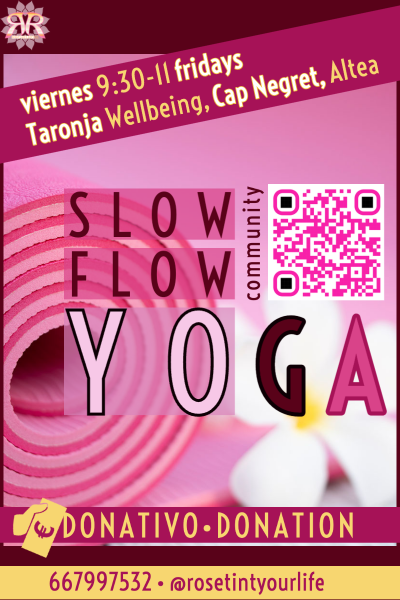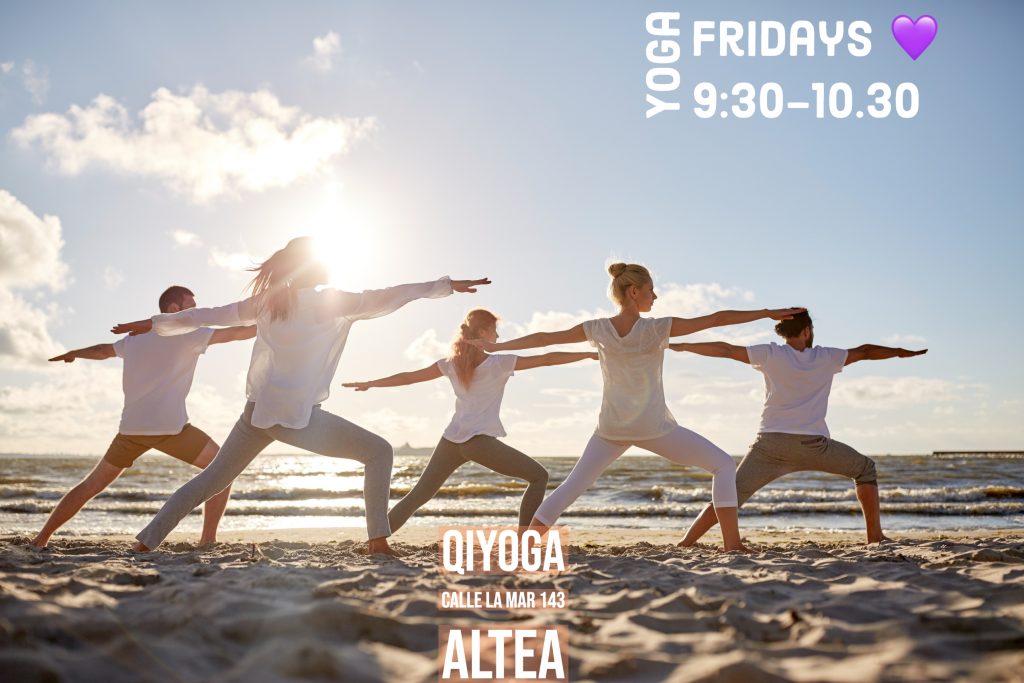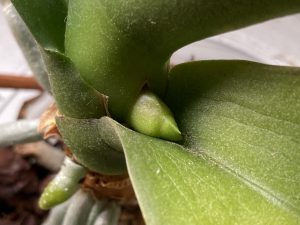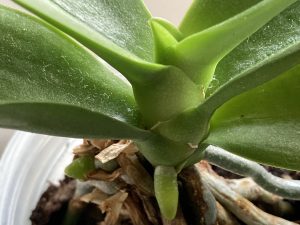Good nutrition is the basis for everything else. You can never hope to have a stable, strong, pain-free body if you don’t nourish its tissues correctly.
Nutrition is basically applied biochemistry. You have to think of processes when you choose your food. There are some tissues – like those of the central nervous system – that are given priority in the queue. There are some details like having enough Zinc for your digestive enzymes to function. There is connective tissue to consider, collagen both in and under the skin, and also in reticular membranes like those of the kidneys, the lymph nodes and the mitochondria. There is so much to know!
It is not necessary to understand all the biochem in order to make good dietary choices. I identify emotional eating, overuse of sugar, inability to withstand hunger and poor meal timing as the most important things to address, generally. So, here are some of my ideas.
Emotional Eating
Changes in diet are always emotional. Eating patterns are established in early childhood and are often a link to our past. Eating things that both nourish and satisfy us is a tricky path to tread. Sweet taste is associated with the Earth element in energy medicine. The first taste we taste after being born is sweet mothers milk. Holidays are defined often by the sweets that are eaten, so we remember times of connection and rest, and associate those feelings with the eating of sweet foods. The feeling of deprivation when you change your diet is a very tender emotion. That emptiness, hunger for something…very hard to sit through.
Tip for emotional eating: Mindful eating. If you must snack on sweets, savour them, feel whatever poignant or tender feelings you must, enjoy them, but eat little. Do yoga when hungry. Yoga should always be done on an empty stomach, anyway. If you can trigger feelings of pleasure and relaxation whilst hungry, then gradually you will stop getting those pesky negative emotional triggers. Try it and let me know, it is a failsafe tip. Even if it’s five minutes of long slow deep breathing, you will acquire and excellent self-care habit by doing this. (Try the 4-4-4-4 rhythm, counting 1-2-3-4 for each phase of the breath – inhale 4, hold 4, exhale 4, hold 4).
Sugar
The reason we need to reduce our dependence on sweet foods is because they rob the body of resources while giving it almost nothing. It helps, again, to think critically: Digestive enzymes, as I said before, often need the trace mineral Zinc. That means that when they do their enzyme magic (making chemical reactions occur, “catalysing”), our body uses up some of its supply of Zinc. So, if you are going to eat something – anything! – that uses a digestive enzyme, make sure that whatever you’re putting in has the nutritional punch to offset the biochemical work you’re giving it. Am I being clear? You can’t put in “empty” calories, depleted foods, and expect your body to just digest it and not care.
Tip for sugar: Substitute. Gradually wean yourself onto less sweet options. If you (gasp!) drink soda, then I don’t really have advice other than to stop it now. Sorry, I know it’s tough, but soda has no place in a healthy diet. For everything else, it’s using less sweet alternatives – honey, maple syrup, lucuma powder, coconut sugar – and reducing the amounts you use. If you eat out a lot, again, I just have to lay it on you: Unless you are going to a healthy/veg/organic restaurant, your food will be full of bad oils, salt and sugar. So, cook more, or get healthy meals delivered. But yes, sugar reduction is just being strict with yourself. Think of is as the sweetest self-love!!
Hunger
You have to learn to sit with hunger if you are going to find balance. Not only do we all need to stop being hangry, we need to be able to sit without nibbling between meals. Finally, we need to listen to our digestive systems when eating and STOP when we sense satiety. These three things together give us control over our eating because 1) we identify and control our irritability when running low and gradually accumulate personal power over our body’s insistent demands. Not for nothing does yoga advise fasting: fasting cleans the body and strengthens the will. When we stop being hangry, we are using our benevolent will to sit with our emotions. 2) When we stop nibbling between meals, we give the digestive system time to absorb the nutrients in the previous meal, give peristalsis a chance, keep our precious teeth clean, and also get used to a being a little hungry, which helps the whole hangry thing. 3) Satiety, or knowing when you’re full, is a beautiful and subtle feeling. It is wonderful to feel satisfied without being overstuffed.
Tips for hunger:
Drink yerba mate or green tea, without sugar. Both help keep hunger at bay and have interesting compounds in them. Mate seems more about fat burning while green tea is accepted to help prevent cancer. Both are bitter, a great thing for your gall bladder and small intestine.
When you eat meals, don’t put too much food on your plate. Eat mindfully, chewing properly and stop when you’re full. It is normal to want to finish your portion and wasting food is a sin, so avoid loading up then ploughing through. When you feel satiated, STOP eating! Just stop. Wait five minutes. Maybe you’ll want a little more, but usually not.
Timing
My Nutrition Professor used to say that the best general dietary advice is a “mostly vegan diet with a bit of fish“. This is great advice, memorise it. Not eliminating entire foods groups, but reducing your intake. Vegan and vegetarian junk food is available, but there is a better chance of getting your five-a-day-or-more if you choose plant based foods. Fish has some important stuff in it that our bodies seem to like. Fisheries are mostly unsustainable, so try to eat locally and low on the fish food chain, ok?
Another excellent tip is this: Protein for breakfast, a proper lunch, vegetable soup for supper. Time your feeds, get into a rhythm, it is really comforting.
Proteinacious breakfasts – I love hemp powder, peanut butter, bee pollen, eggs – get you out of the metabolic Nitrogen fast (you can recycle Nitrogen for about 8 hours, but after that, the body steals it from lean muscle by breaking down the amino acids for the Nitrogen). So, start your day with protein and sail through the morning!
A proper lunch, starting with salad and finishing with dessert if you’re so inclined, satisfies your need for yumminess, means you can eat with friends (often tricky for the healthy eater) and is the meal that you’re best equipped to digest properly. This should see you through to evening, when you can get into the habit of having a healthy vegetable soup, then see if you’re still hungry. I love vegetable barley soup with lots of ginger and tumeric. In fact, here is my here is my recipe. I will leave you with that, good health and good day.
–Rachel
Vegetable Barley Soup
Ingredients: 1 small onion, 2cm-piece of ginger root, 1 stick of celery, 2 carrots, 2 tomatoes, 2 big kale leaves, 1 teacup of pearl barley, tumeric, cumin powder, paprika, bay leaves, sprig of rosemary, butter or oil, hot water, sea salt.
Method: Wash barley and set aside. Sautée finely diced onion and ginger in butter or olive oil. Splash in some white wine, if you’re so inclined. Add chopped celery, carrot, tomatoes and kale stalks. Sautée on medium heat, don’t let it get too dry. As it dries up and the temperature rises, move the veg to the edge of the pot and add dry spices to the middle. Let them get nice and hot, until they release their fragrance. Then stir the veg into the spice. Add the barley and hot water and rosemary and bay leaf. Cover and let it get back up to temperature. Stir a little, but just make sure there’s enough water so it doesn’t get dry. The barley will absorb water, but the veg will release some. Cook about 20-30 minutes, until the barley is soft and the mixture thickens. Add the salt and stir well. Add the chiffonade kale leaves. Remove from heat and let stand about twenty minutes. Delicious!








